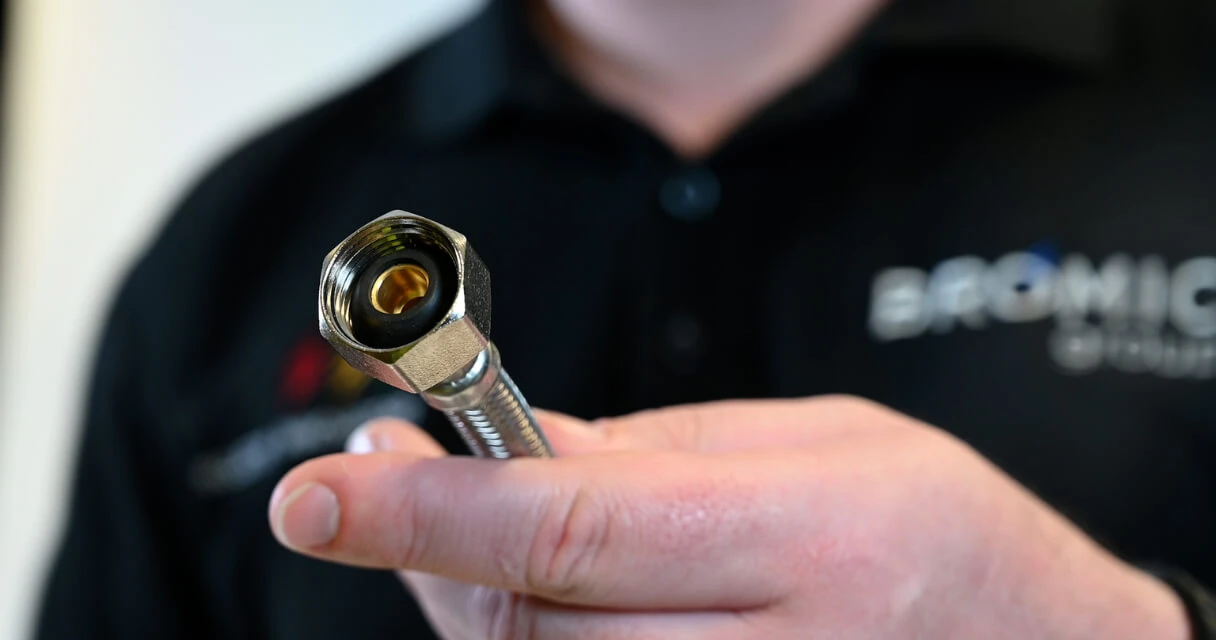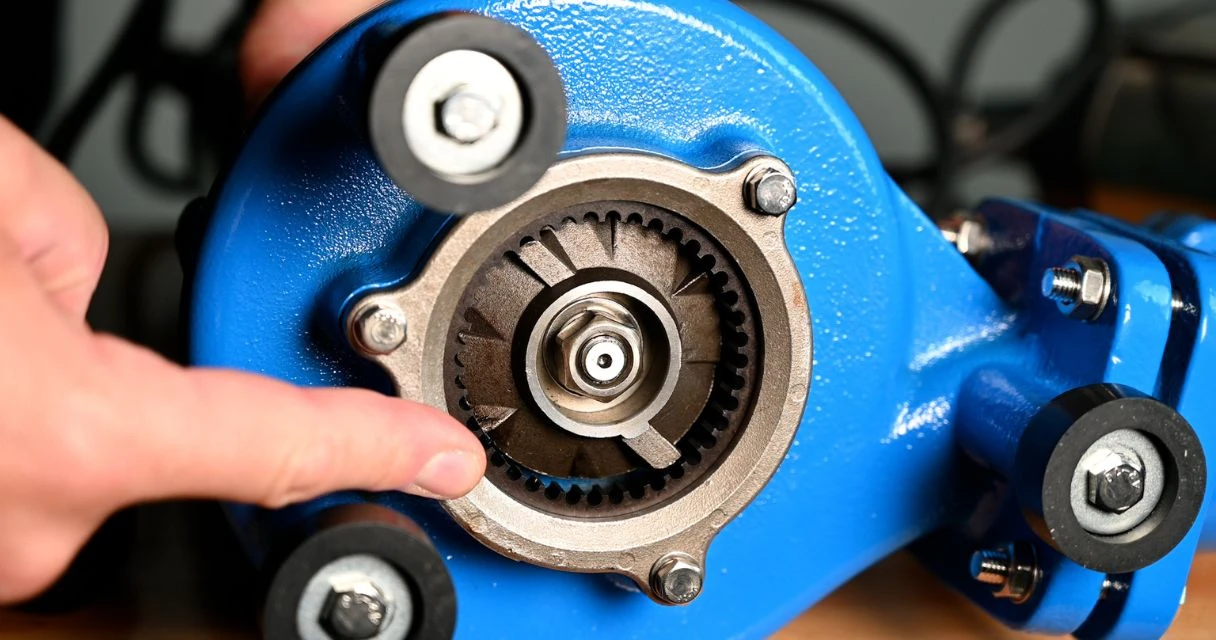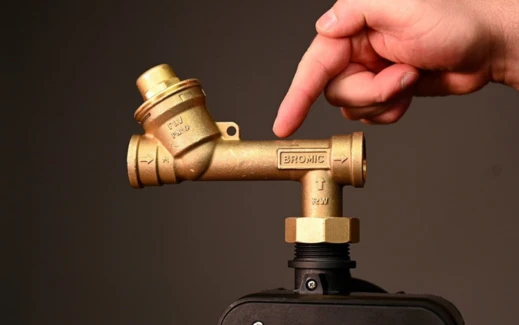
Favourites
Sign in to your account
By adding to Favourites, you can…
- Save products or resource documents you view regularly
- Save time with quick access to frequently viewed items
Please sign in or create an account to add to your Favourites.
For water tanks including rainwater harvesting systems, Bromic Waterboy™ jet pumps can be installed below or above the tank.
Installing a water pump below the tank aids the water flow and hence has minimal installation requirements. If a Bromic Waterboy™ jet pump is installed above the tank, it should have a foot valve (not supplied by Bromic) installed at the bottom of the pipe in the rainwater tank. This is to prevent water from flowing back down to the tank.
Bromic Waterboy™ pumps can be used for many applications, including:
- Residential wells: Waterboy™ pumps can be used to draw water out of residential wells, allowing natural water to be accessed. Efficient performance helps provide a reliable water source, perfect for remote or off-grid properties. Ensure you comply with local laws and regulations when using well water.
- Aquariums: Waterboy™ pumps provide consistent flow and filtration in aquariums. This helps to support aquatic life in a range of settings.
- Garden irrigation: Power your garden irrigation system with a Bromic Waterboy™ pump. Supply adequate water to your plants while reducing your reliance on mains supply.
- Domestic and commercial properties: With a huge range of products, Bromic has the pump you need for domestic and commercial properties. No matter your project or task, you’ll enjoy reliable performance and excellent technical support.
- Caravan and RV pumps: Make use of a compact and reliable Bromic Waterboy™ pump to supply water for your on-the-go lifestyle.
- Swimming pools: Circulate and filter water in your swimming pool with a Bromic Waterboy™ pump, keeping it clear and free of debris or contaminants.
- Water tanks: Bromic Waterboy™ pumps are an excellent solution for water tanks and rainwater harvesting. Use them to efficiently transfer water from tanks to usage points, enabling you to save money on your water bill.
- Draining well or sump: Need to remove water from a well or sump? Bromic Waterboy™ pumps are an effective option for managing wells or sumps in flood-prone or low-lying areas.
- Lifting or elevating liquids: With an array of pump types available, you can find the right solution for lifting or elevating water in multi-storey buildings or uneven terrain.
- Aeration or agitation: Use Bromic Waterboy™ pumps to manage ponds, water treatment systems or other bodies requiring oxygenation.
- Boosting suction pressure to a centrifugal pump: Bromic Waterboy™ pumps can work in tandem with other pumps to increase suction pressure. This makes the range an ideal option for high-pressure applications.
Heat-Flo ™ Blow Heaters can only be used with an LPG cylinder and can not be converted for use with Natural Gas.
Each heater comes with a hose and regulator to connect to a 45kg cylinder. We do not provide any alternatives such as type 27, bayonet, or longer hoses.
No. Each heater has a set gas input, so there is only 1 flame. If more or less heat is required, we have 4 different sizes available with different gas consumptions.
Our blow heaters have been tested and approved to the relevant AS/NZ standards using a 45kg cylinder. Due to compliance factors in place, we would request you follow the instructions mentioned in the manual.
Bromic gas hoses are categorised into Class A, Class B, Class C and Class D based on their maximum working pressure and temperature range below.
| Class | Typical Application | Max. Working Pressure @ 23°C +/- 2°C | Working Temperature Range |
|---|---|---|---|
| A | Low pressure appliance hose | 14 kPa | -20°C to +65°C |
| B | Low pressure, high temperature appliance hose | 14 kPa | -20°C to +125°C |
| C | High pressure appliance and gas tool hose | 2600 kPa | -20°C to +65°C |
| D | High pressure, high temperature appliance and gas tool hose | 2600 kPa | -20°C to +125°C |
We do not recommend using hose extensions as adding an extra hose on the line will increase the chance of a leak and/or breakage. Instead, replace the hose with a longer hose. At Bromic, we supply gas hoses up to 3000mm in length.
In Australia, the Type 21 (POL) connection has been superseded by the LCC27 (Type 27) connection. LCC27 is now the standard connection used for leisure gas cylinder valves. Over a 10-year period, LCC27 will be phased in as old gas cylinders get re-tested and changed over. Read more
Bromic Lido Junior Cookers must be used with a hose and regulator assembly (Part No. HJR hose + RPOL4W regulator not included)

STILL HAVE QUESTIONS?
If you have searched our website, document library & FAQs and haven’t found the information you need, please contact us to resolve your query. This will allow us to continually improve the data we share here and elsewhere on our website.



